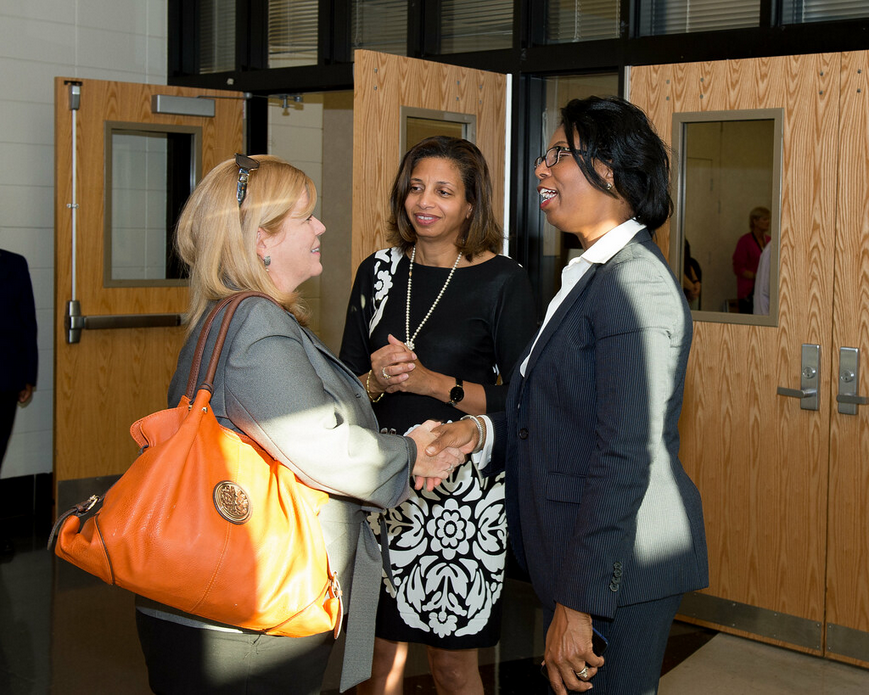Innovative Faculty Development Programs: A Case Study from University A
In today’s rapidly evolving higher education landscape, institutions are constantly seeking ways to enhance their faculty development programs. One institution that has achieved remarkable success in this area is University A. This article presents a case study of their innovative approach, highlighting key elements, impactful results, and valuable insights for other institutions.
The Need for Innovation
University A recognized the importance of providing faculty with opportunities for continuous learning and professional growth. They understood that a dynamic and engaged faculty is essential for delivering high-quality education and preparing students for the demands of the 21st century. Their existing faculty development program, however, was perceived as outdated and ineffective, failing to adequately meet the needs of their diverse faculty population.
A Transformative Approach
To address these challenges, University A embarked on a comprehensive overhaul of their faculty development program. Key elements of their innovative approach included:
- Personalized Learning Paths: Recognizing that faculty have different needs and interests, the program offered customized learning pathways tailored to individual goals and professional aspirations.
- Blended Learning Models: University A embraced a flexible approach, combining online and in-person learning modalities to cater to diverse schedules and preferences.
- Focus on Emerging Technologies: The program incorporated training on cutting-edge technologies, such as online teaching platforms, data analytics, and virtual reality applications, equipping faculty with the skills to engage students in the digital age.
- Emphasis on Student-Centered Pedagogy: The program prioritized developing faculty expertise in active learning strategies, collaborative learning techniques, and assessment methods that foster deep student engagement.
- Collaborative Learning Communities: University A created a culture of shared learning by fostering faculty communities of practice, where educators could exchange ideas, support one another, and collectively enhance teaching practices.
Impactful Results
The transformative changes implemented by University A yielded significant and measurable results:
- Increased Faculty Satisfaction: Faculty reported a heightened sense of satisfaction with their professional development opportunities, citing the program’s personalized approach, flexibility, and relevance to their teaching.
- Enhanced Teaching Quality: Student evaluations consistently demonstrated improved teaching effectiveness, reflecting the positive impact of faculty development initiatives on classroom engagement and learning outcomes.
- Increased Innovation in Teaching: Faculty embraced new technologies and teaching methods, leading to a more dynamic and engaging learning environment for students.
- Enhanced Faculty Retention: The program played a crucial role in retaining talented faculty members, who felt valued and supported in their professional growth.
Key Insights for Other Institutions
The success of University A’s faculty development program offers valuable insights for other institutions seeking to enhance their own initiatives. Key takeaways include:
- Prioritize Faculty Needs: Design programs that address the specific needs and aspirations of your diverse faculty population.
- Embrace Flexibility and Choice: Offer a variety of learning modalities, personalized pathways, and flexible scheduling options.
- Invest in Emerging Technologies: Equip faculty with the skills to effectively utilize cutting-edge technologies for enhanced teaching and student engagement.
- Foster a Culture of Collaboration: Create opportunities for faculty to connect, share best practices, and support one another’s professional growth.
- Measure Impact and Iterate: Regularly assess the effectiveness of your program and make adjustments based on feedback and data analysis.
Conclusion
University A’s case study demonstrates the transformative power of innovative faculty development programs. By embracing a personalized, flexible, and technology-driven approach, they have created a culture of continuous learning and professional growth, leading to improved teaching quality, increased faculty satisfaction, and enhanced student outcomes. By implementing similar strategies, other institutions can unlock the potential of their faculty and create a more vibrant and engaging learning environment for their students.

Leave a Reply